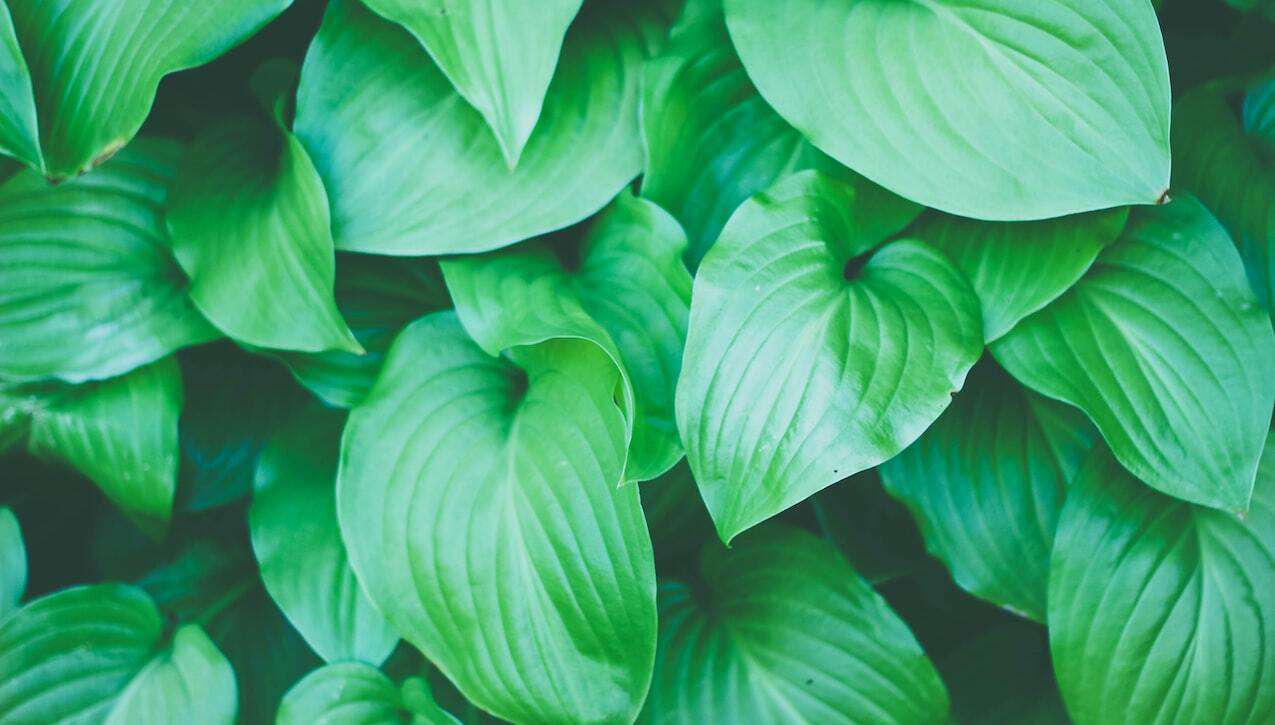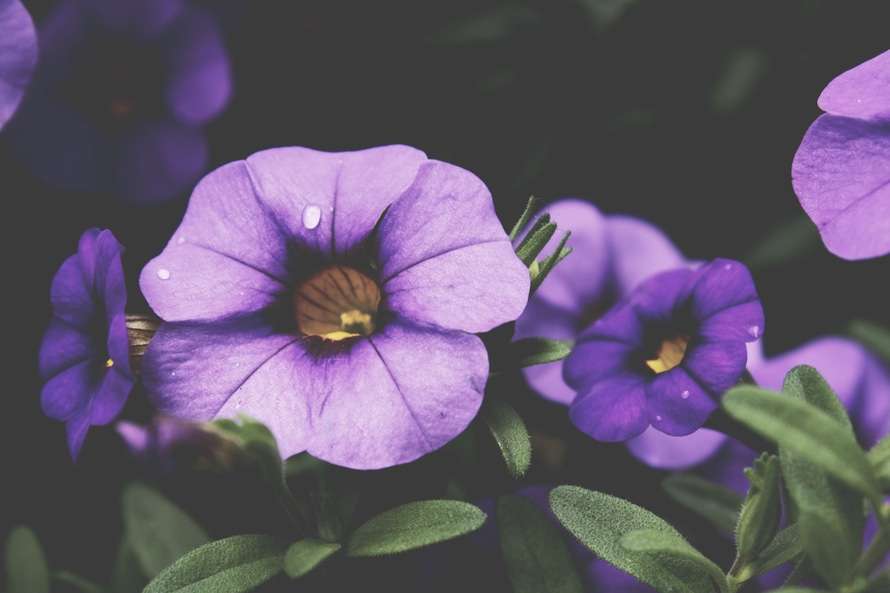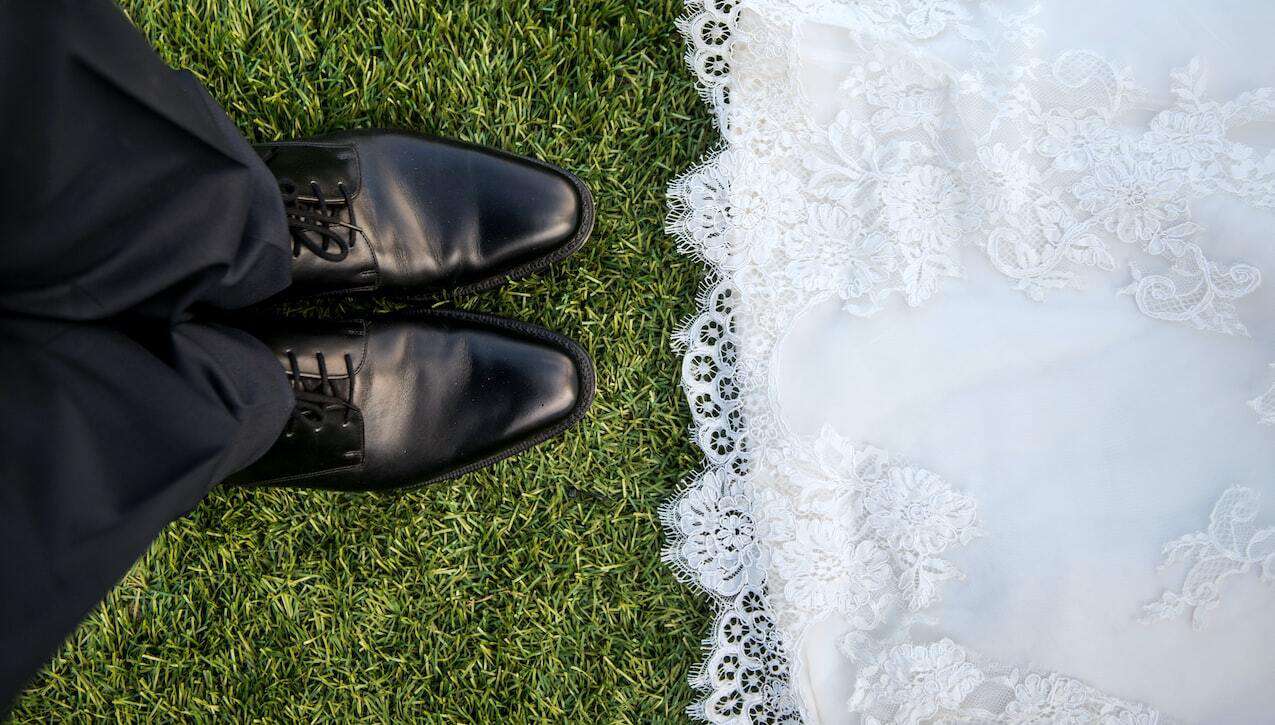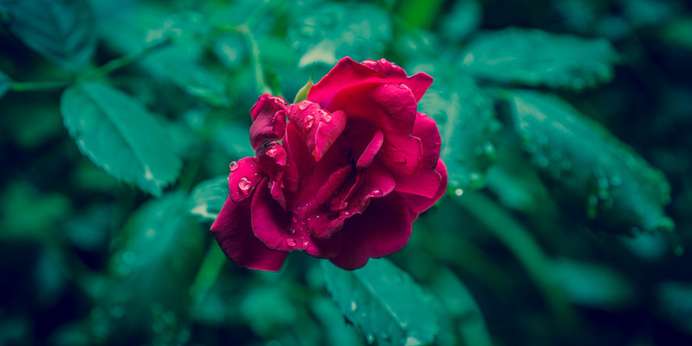
The diverse histories of color deeply impact our associations with particular hues and are critical to understanding color psychology. Image Source: Unsplash user Mari Pi
The power of color is undeniable. Because we are inherently visual creatures, color acts as a language that shapes our understanding of the world around us and deeply impacts our experiences, choices, and emotional responses. When it comes to commerce, research shows us again and again that color profoundly affects consumer perception of products and guides purchasing decisions. Whether working with pharmaceutical products, food packaging, textiles, or plastics, selecting color schemes that complement your product, fortify brand identity, and speak to customers is essential to ensuring success. But color preference is not arbitrary; complex cultural histories, mythologies, and symbolism inform our perception of color and create a system of chromatic signifiers. By understanding the associations we have with specific hues, product designers can use color psychology to tap into consumer desires and create color strategies that optimize appeal.
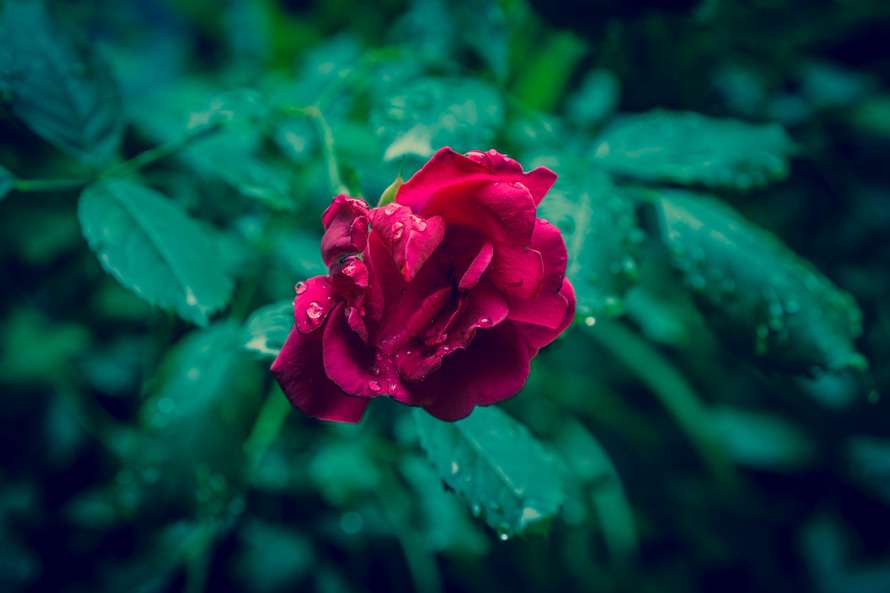
Red roses have served as a symbol of romantic love and passion since ancient times. Image Source: Pexels user stock.tookapic.com


